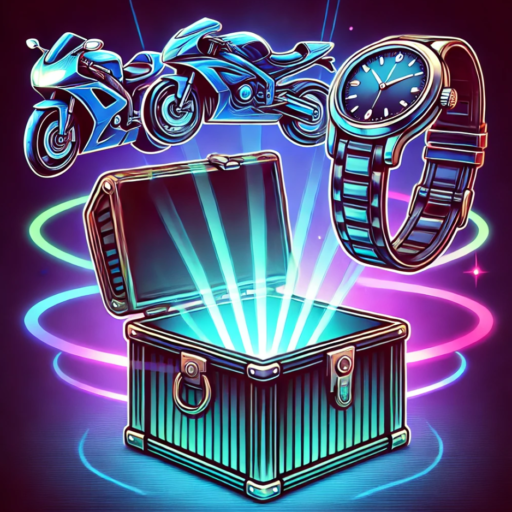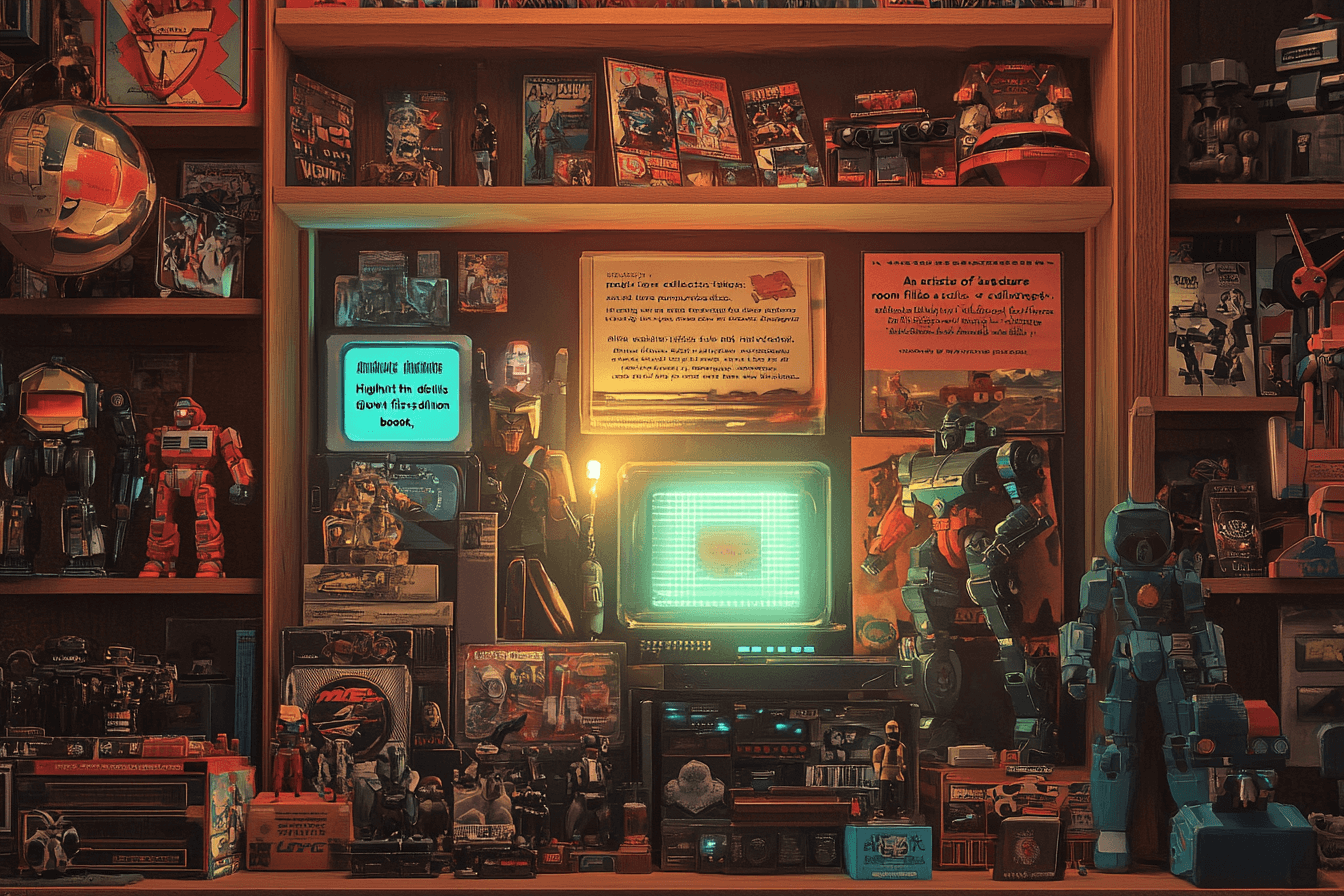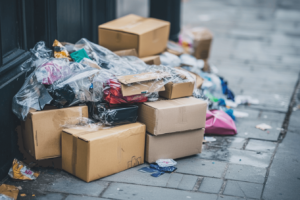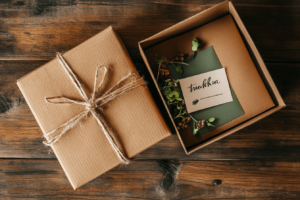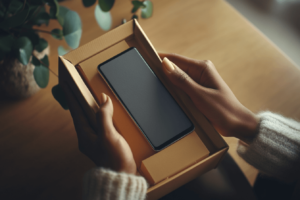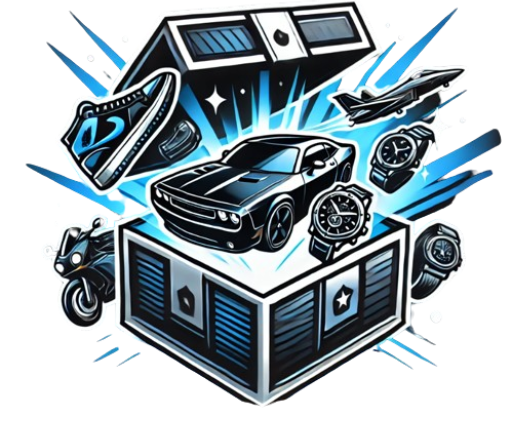Understanding the world of collectibles
Collectibles have fascinated people for generations, serving as a bridge between personal interests, history, and value. From action figures and stamps to antique furniture, the world of collectibles is vast and diverse. What makes this realm particularly intriguing is the emotional and financial worth associated with each item. Whether you’re a seasoned collector or just starting, understanding the basics of what constitutes a collectible is key to appreciating its significance.
The idea of collecting often begins with personal passion. Many collectors are drawn to items that evoke nostalgia, reflect cultural trends, or showcase craftsmanship. Over time, these collections can take on a life of their own, becoming a reflection of the collector’s personality and interests. But what truly elevates an item from an ordinary possession to a sought-after collectible?
What makes an item a collectible?
Several factors contribute to an item being classified as a collectible. Rarity is often a primary consideration. The fewer copies of an item available, the more likely it is to hold value. For instance, a first-edition book or a limited-run action figure might be worth considerably more than its mass-produced counterparts.
Age can also play a significant role. Older items often gain value because of their historical importance or the fact that they are no longer in production. However, not all old items are collectibles demand is just as crucial as supply. For example, vintage toys from a beloved franchise may fetch high prices, while generic toys from the same era might go unnoticed.
Sentimental value is another key factor. Items that resonate with a specific generation or fandom can become highly collectible. This emotional connection often leads to bidding wars and skyrocketing prices at auctions.
The evolution of collectible markets
The way people buy and sell collectibles has changed dramatically over the years. Traditionally, collectors relied on flea markets, antique stores, and trade shows to find rare items. Today, online platforms like eBay, Etsy, and dedicated collectible marketplaces have made it easier to discover and purchase treasures from around the world.
The digital age has also given rise to new categories of collectibles, such as digital art and non-fungible tokens (NFTs). These modern collectibles challenge traditional notions of ownership and value, pushing the boundaries of what it means to collect.
Rare finds that captivate collectors
The thrill of discovering a rare collectible is unmatched. For many collectors, the hunt is just as exciting as owning the item itself. Rare finds are often the crown jewels of any collection, holding both sentimental and monetary value.
Limited editions and one-of-a-kind pieces
Limited-edition items are among the most coveted collectibles. These can range from special-edition sneakers to artist-signed prints. Their appeal lies in exclusivity only a select few people can own them. One-of-a-kind pieces, such as custom artwork or handmade jewelry, take this exclusivity a step further, ensuring that no other item in the world is exactly like it.
Collectors often go to great lengths to acquire these items, sometimes camping out overnight or entering lotteries for a chance to purchase them. The scarcity of such collectibles drives their value, making them worthwhile investments for those lucky enough to secure them.
Nostalgia and its influence on value
Nostalgia is a powerful force in the world of collectibles. Items that remind people of their childhood or significant cultural moments often become highly sought after. For example, toys from the 1980s, like Transformers or My Little Pony, are popular among collectors who grew up in that era. Similarly, vinyl records from iconic musicians often carry emotional weight that enhances their appeal.
The cyclical nature of nostalgia means that what’s valuable today might change in the future. As generations age, their preferences shape the collectible market, creating opportunities for savvy collectors to anticipate trends.
Unboxing experiences that add value
The unboxing phenomenon has become a significant part of collectible culture. From YouTube videos to social media posts, unboxing showcases the moment of discovery, adding an extra layer of excitement to the experience. This trend has even influenced manufacturers to create packaging that enhances the thrill, making the item feel more exclusive and valuable.
For collectors, the original packaging often plays a crucial role in determining an item’s worth. A pristine, unopened box can significantly increase the value of a collectible, making it essential to handle these treasures with care.

Evaluating the value of collectibles
Determining the value of a collectible can be a complex process. It requires a combination of research, expertise, and sometimes even professional appraisal. Understanding what makes an item valuable can help collectors make informed decisions about their purchases.
Factors that impact collectible prices
Several factors influence the price of a collectible. Rarity, demand, condition, and provenance are among the most critical. Items in mint condition or with a documented history tend to fetch higher prices. For instance, a signed baseball from a legendary player with a certificate of authenticity will hold more value than an unsigned ball in poor condition.
Market trends also play a role. Pop culture collectibles, for example, often experience spikes in value when tied to a major event, such as a movie release or an anniversary celebration.
How to authenticate rare collectibles
Authentication is vital in the world of collectibles. Fake or counterfeit items can devalue a collection and erode trust in the market. To avoid this, collectors should familiarize themselves with the characteristics of genuine items and consult experts when in doubt.
Certificates of authenticity, appraisals from reputable sources, and clear documentation can all help verify an item’s legitimacy. Online resources and forums can also provide valuable insights, connecting collectors with knowledgeable communities.
Tools and resources for collectors
Technology has made it easier than ever for collectors to track and manage their collections. Apps and software programs can help catalog items, monitor market trends, and estimate value. Online marketplaces and auction sites provide access to a global network of buyers and sellers, broadening the scope of what’s possible to collect.

Tips for aspiring collectors
Starting a collection can be both exciting and overwhelming. With so many options available, it’s essential to approach collecting with a clear strategy.
Building a meaningful collection
The best collections reflect the passions and interests of the collector. Rather than chasing trends, focus on items that hold personal significance. This approach ensures that your collection remains enjoyable and authentic, regardless of its monetary value.
Networking in the collectibles community
Joining clubs, attending events, and engaging with online forums can help you learn from experienced collectors. These connections can lead to valuable insights, rare finds, and even lifelong friendships. The collectibles community is often welcoming and eager to share knowledge, making it an excellent resource for newcomers.
Avoiding common pitfalls
One of the biggest mistakes new collectors make is overpaying for items. Researching market values and understanding what constitutes a fair price is crucial. Additionally, be wary of counterfeit items and always verify authenticity before making a purchase.
The timeless appeal of collectibles
Collectibles hold a unique place in our lives, offering a blend of emotional resonance and tangible value. They connect us to history, culture, and personal memories, making them more than just objects. As markets evolve and new trends emerge, the allure of collecting remains as strong as ever. Whether you’re uncovering rare finds or building a personal treasure trove, the world of collectibles offers endless opportunities to explore, discover, and cherish.
